This website uses cookies
This website uses cookies to enable it to function properly and to analyse how the website is used. Please click 'Close' to accept and continue using the website.


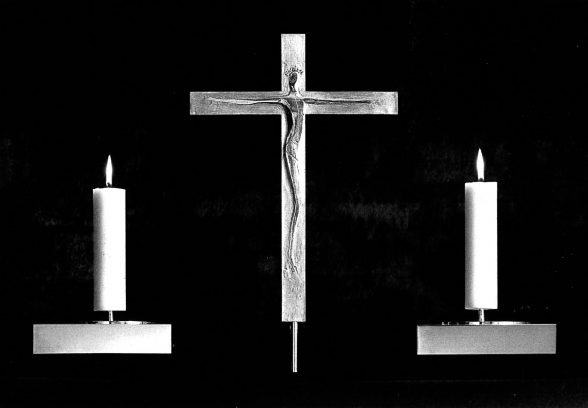
As a tribute to writer Fiona MacCarthy (1940-2020), this is a republication of her Desert Island choices from the first 2019 issue of our C20 magazine.
Silver cross and candlesticks
My husband David was a craftsman as much as an industrial designer. When I arrived in Sheffield to live with him in the mid-1960s
he was busy with many one-off commissions in silver. I’ve chosen as an ideal focus for quiet meditation on my island the 1969 silver cross and candleholders made for the Roman Catholic Cathedral in Liverpool, Freddie Gibberd’s so-called ‘wigwam’ building. This was a successful collaboration between David and the sculptor Elisabeth Frink, whose sinuous figure of Christ on the cross works well, I think, in contrast with David’s subtle texturing and his four-square candleholders. Seeing their design evolving in the workshop was a great excitement at the time.
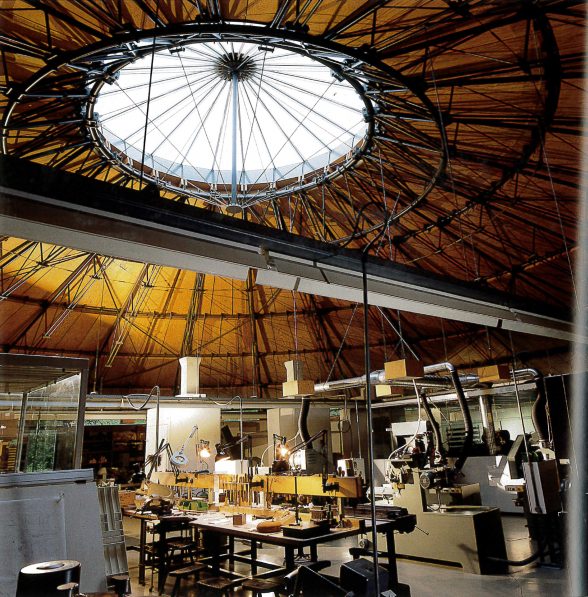
Round Building cutlery factory
This 1990 building at Hathersage in Derbyshire was designed for
my husband David Mellor and me by Michael Hopkins, using the foundations of the former village gas works. As the current C20 Society President Gillian Darley said at the time, ‘The charm of the Mellor factory is in the materials, ingenious form and landscape setting.’ It’s a masterpiece of practical engineering structure, perfectly suited to cutlery production. Sitting in the Round Building I’d have happy memories
of the many other 20th century buildings I have known and loved.
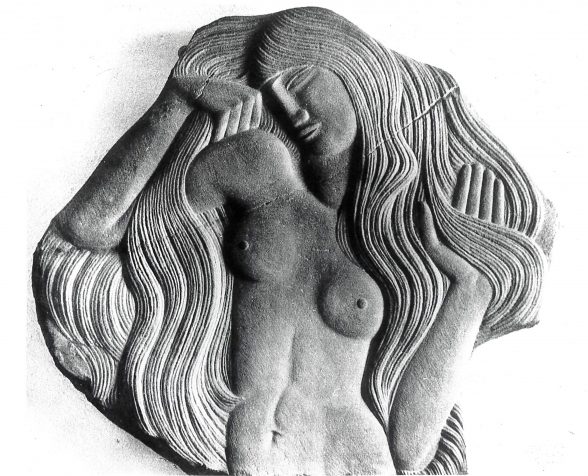
Eric Gill: The Sculpture (Herbert Press)
Nude Girl with Hair (Eric Gill, 1925)
As a biographer, the most fascinating and complicated of my subjects has been the multi-talented designer/craftsman/sculptor Eric Gill. He could do large scale (like Prospero and Ariel on BBC Broadcasting House in London) but it’s his work on a small scale that I love the best. This exquisite sculpture 15cm high was made when he was living at Capel-y-ffin in the Welsh mountains and is carved from a slab of local stone. The girl’s wavy hair is to me a thing of wonder: no one could
carve hair quite like Eric Gill.

Bauhaus-Archiv Berlin
Portrait of Walter Gropius
This 1927 photograph of my most recent biographical subject was taken by Lucia Moholy. Many people see Gropius as doctrinaire and rigid, but this portrait brings out the more enigmatic, quizzical side to him. Working on his life – in effect three lives, lived in Germany, then England, and finally the United States – I was struck by his charm, his resilience and his inner core of mystery. As his adopted daughter Ati put it, ‘the expression in his eyes was not like those of others. It was deeper and more searching.’ Lucia Moholy’s photograph expresses
this so well.
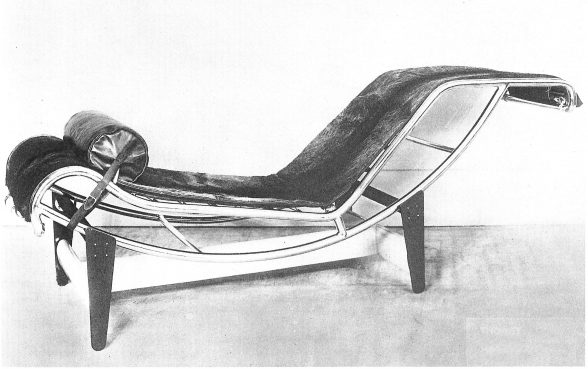
Cassina I Maestri Collection
‘Le Corbusier’ chaise longue
Designed in 1928 by Charlotte Perriand and Pierre Jeanneret at Le Corbusier’s bidding, his chaise longue is surely the most luxuriously comfortable chair ever designed. I would choose the pony-skin version to remind me of civilisation, but also to recall my visit to Charlotte Perriand in her Paris apartment at the time of her Design Museum retrospective in 1998. In old age she was still elegant, determined and wonderfully caustic. When I asked her about her first husband (apparently an Englishman) she said she was unable to remember his name.
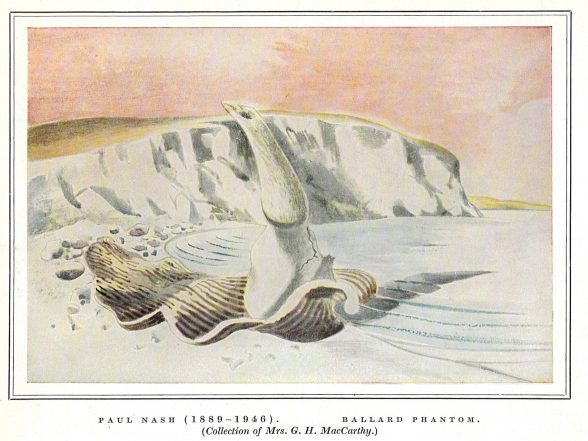
Ballard Phantom (Paul Nash, 1935)
This seashore watercolour is a wonderful example of South
Coast surrealism by Paul Nash. I grew up with this painting which my mother bought from Nash’s exhibition at the Redfern Gallery
in 1935. He painted it while living in Swanage, and it takes up a favourite theme of the found object inhabiting the landscape, in this case the looming cliffs of Ballard Head. Nash’s enigmatic painting recalls my childhood in South Kensington with an art-loving, book-loving, war-widowed mother. On my desert island it would bring back thoughts of how profoundly that upbringing has affected me.

Department for Transport (Courtesy of Wallace Henning)
High Speed Train (1975)
My friend Kenneth Grange was commissioned by British Rail to design the visual aspects of the power cab. It perfectly expresses the optimistic spirit of the seventies. A model of the train featured in the 1979 design retrospective Homespun to Highspeed which I curated for
the Mappin Gallery in Sheffield.

Become a C20 member today and help save our modern design heritage.
Comments